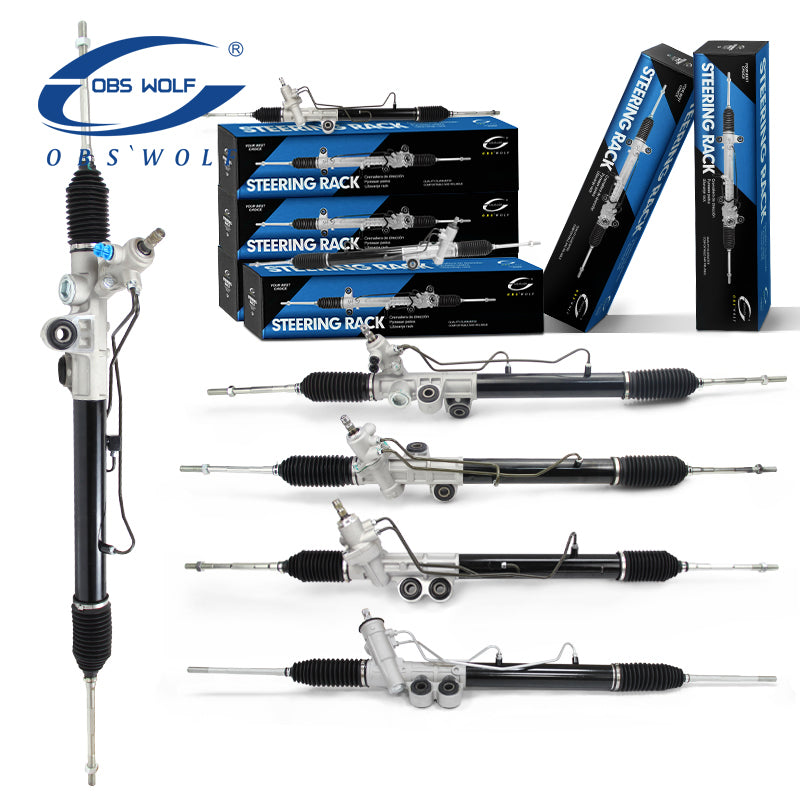

The steering rack is the heart of your car's steering system, translating your wheel turns into directional movement. Its material is a critical, though often unseen, factor that defines its character and performance.
Strength and Durability: Traditionally, high-strength steel is used. It's incredibly robust and resistant to the immense forces and wear of daily driving, ensuring long-term reliability and a solid, precise feel.
Weight and Response: Some modern racks use lightweight alloys. Reducing weight here decreases the overall mass of the vehicle's front end. This can lead to sharper initial steering response and slightly improved fuel efficiency, as the system requires less energy to operate.
Corrosion Resistance: This is a major differentiator. Standard steel can be vulnerable to rust over time, especially in harsh climates with road salt. Racks made from certain alloys or with advanced coatings fight corrosion aggressively, greatly extending the component's life and maintaining consistent performance.
In short, the material choice is a balance between brute strength, agile responsiveness, and longevity. A heavier material might offer a classic, durable feel, while a lighter, corrosion-resistant alloy provides a more modern, sharp, and lasting performance.
